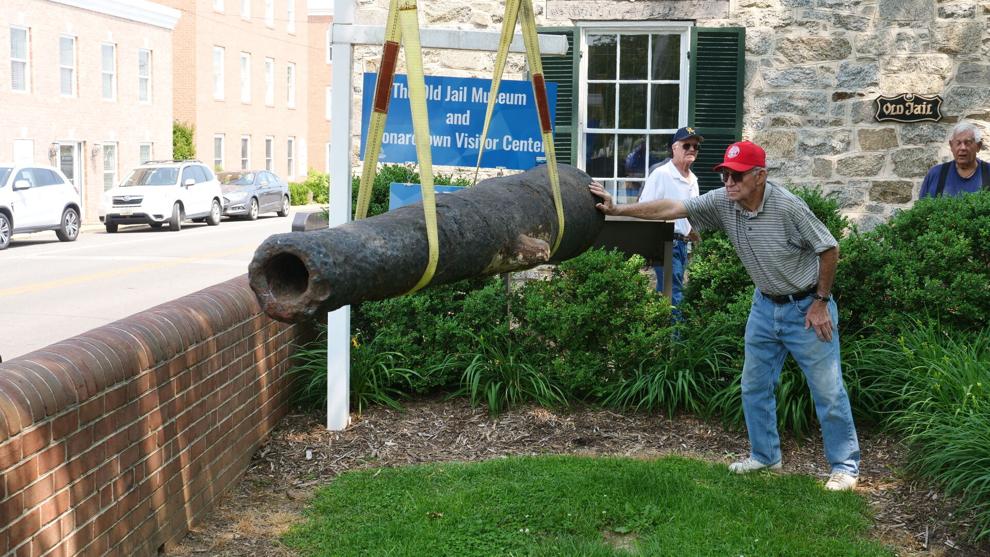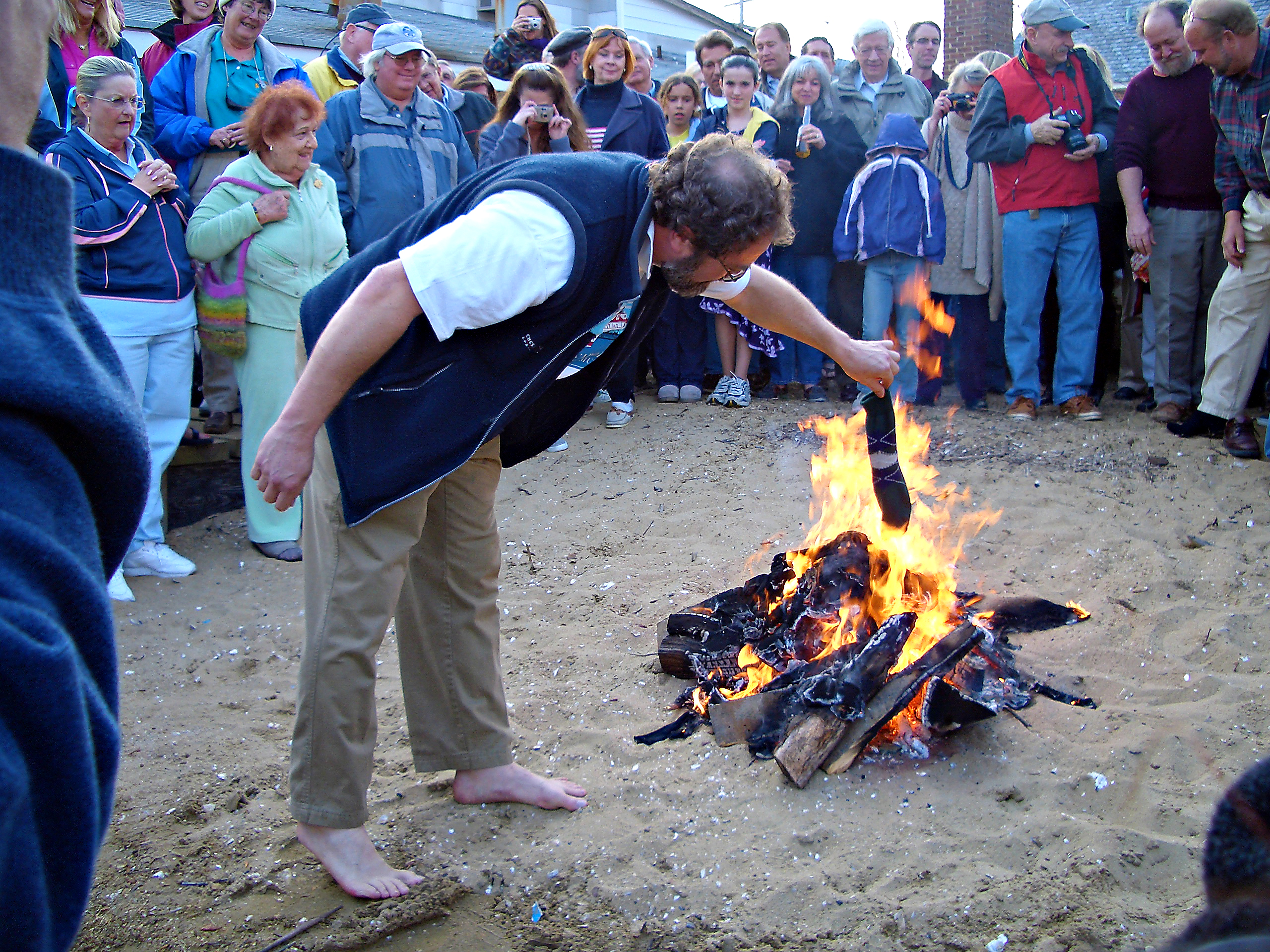As most Maryland schoolchildren are taught, the state was founded in 1634 with the arrival of two intrepid little ships–the Ark and Dove–on the shores of what is now St. Mary’s County. Each year, school groups take field trips to Historic St. Mary’s City to visit replicas of the ships and the early settlements. While the original vessels have been lost to time, there are still pieces of the original boats on display.
A cannon, forged in 1630, that once sat aboard the Ark was removed and placed at the fort in St. Mary’s City. When Annapolis became the state capital, the cannon became the property of the Jesuit order, eventually finding its place as a boundary marker on their land in St. Inigoes, says Peter LaPorte, the executive director of the St. Mary’s County Historical Society. The Provincial of the Jesuit Order in Maryland donated the cannon to the Historical Society in 1959, after which it has stood at the Leonardtown Old Jail (once the site of another well-known local artifact, the Moll Dyer rock). However, being outdoors for so many years has taken its toll on the artifact.
“The Ark cannon is an important part of Maryland’s–and this county’s–history. We simply could not allow it to continue to slowly erode,” says LaPorte.
Now the cannon is going on another notable journey. Last month it was removed from the Old Jail and sent to the Maryland Archaeological Conservation (MAC) Lab at Jefferson Patterson Park and Museum in St. Leonard. The MAC Lab will clean and protect the cannon from further degradation with funding from a Destination Southern Maryland and Southern Maryland National Heritage Area grant.
The MAC Lab is a state-of-the-art facility uniquely qualified for the job and no stranger to working on cannons, having previously restored cannons for the Jamestown-Yorktown Foundation and the National Park Service. Once preservation is complete, the cannon will find a new home, which LaPorte says will be discussed with Historic St. Mary’s City and the county museum at Coltons Point.
Keeping artifacts in the best possible shape allows future generations to explore history up close. “The cannon is a tangible connection to the arrival of the Ark and Dove and the founding of Maryland in 1634. It also serves to link us to the men and women on those ships who, like us, lived with challenges, hardships, and hope,” LaPorte says. “These were ordinary people placed in extraordinary circumstances—fleeing persecution in England, for one. The cannon is a reminder of their heroism.”
Read about the 1978 Maryland Dove here and the new Maryland Dove here and here.




